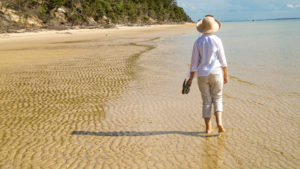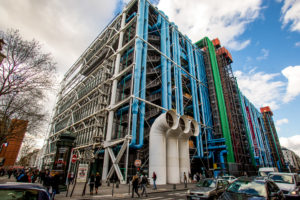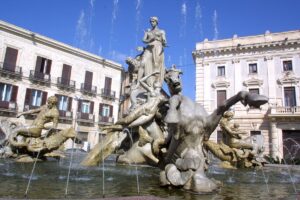
Salamanca Market, Hobart, Tasmania
Hobart’s renowned open air market was established in 1972 so it’s coming up for its 50th Anniversary.
Rotate to landscape to view slideshow
We say maybe, because the action of the wind and sea is shaping this coastline on the South West coast of Victoria all the time.
And the change can be dramatic as it was when a rock bridge known as London Bridge collapsed in January 1990 and left a number of tourists stranded on what is now, maybe, a new apostle.
This coastline is a major tourist attraction in the South West of Victoria, Australia. You can do it with a day trip from Melbourne, but to be honest, the area deserves more than just a quick selfie trip.
Make sure you stop off at Gibson Steps and walk down to sea level and along a reasonably safe beach (but watch the tide) to really appreciate the rock stacks that are up to 45 metres high.
Take time also to walk down the steps at the Loch Ard Gorge. Be amazed at the sheer size of the cliffs and the narrow opening out to the sea. In 1878, two survivors of the wreck of the Loch Ard sailing ship were swept through the narrow opening, onto the beach, and were eventually rescued.
And if you want to see the Twelve Apostles from a more heavenly viewpoint, take a helicopter ride.


Hobart’s renowned open air market was established in 1972 so it’s coming up for its 50th Anniversary.

Montague Island is a small island located off the coast of the state of New South Wales, Australia. Home to the historic Montague Island lighthouse, it’s a great place to visit if you want to unwind for a couple of days.

Make sure you bring your bucket and spade, it’s the biggest sand island in the world

The inside-out building – a taste of modern for Paris. Home to the Musee National d’Art Moderne.

The Marché aux Fleurs on Isle de la Cité is one of the last remaining flower markets in Paris.

Ortigia – Syracusa’s Stunning Island The ancient island of Ortigia has many delights. The Fountain of Diana in the Archimedes Square on Ortigia Island. Syracusa